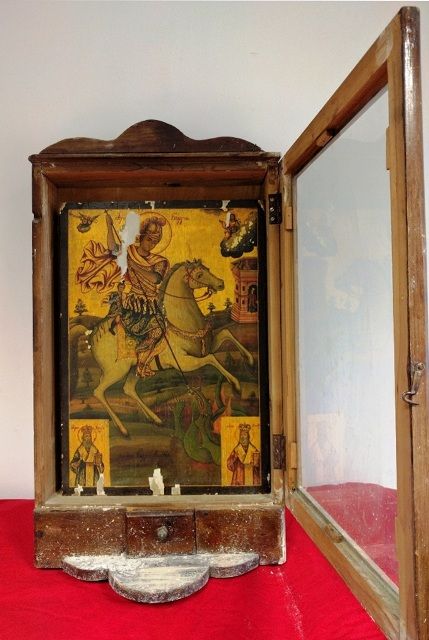Police Recover More Than 3,500 Stolen Artifacts in Europe
Operation Pandora involved 18 nations and pan-European police agencies to recover paintings, coins and artifiacts
The European police agency Europol announced in a statement on Sunday that the agency, cooperating with law enforcement from 18 nations along with INTERPOL, the UN and World Customs Organization recovered 3,561 cultural artifacts during Operation Pandora, which took place in November.
According to the BBC, the operation was led by Spanish and Cypriot police and led to 75 arrests and the investigation of 48,588 individuals. The aim of the operation, Spain’s Interior Ministry writes in a statement, was to “dismantle criminal networks involved in cultural theft and exploitation, and identify potential links to other criminal activities.” The operation also focused on cultural “spoliation” which means the looting of cultural goods during conflict or a time of war.
The BBC reports that among the items recovered were more than 400 coins from various periods in history that were being sold online, as well as a marble tombstone from the Ottoman Empire, 19 objects stolen from the Archeological Museum in Murcia, Spain, in 2014, as well as 500 other objects from the area and a Byzantine image of Saint George.
According to the press release, the operation led to searches of 29,340 vehicles and 50 ships and has spawned 92 other investigations. The New York Times reports that the authorities are not confirming where the arrests took place and have not released an inventory of all the artifacts that were recovered.
This is just the latest in several high-profile recoveries of stolen art and artifacts in Europe. Last October, Italian authorities recovered two painting stolen from Amsterdam’s Van Gogh Museum in 2002. In July, a detective recovered "Adolescence" by Salvador Dalí as well as Art Deco luminary Tamara de Lempicka’s "La Musicienne," which were stolen in 2009 from the Netherland’s Scheringa Museum of Realist Art.
The FBI states that art crime has grown from “a relatively innocuous, ideological crime into a major international plague.” That’s because art crimes produce more revenue than any other criminal activity besides drug and arms dealing. In fact, it’s reported that Mohammad Atta, who hijacked one of the planes in the 9/11 attacks, tried to sell artifacts looted from Afghanistan to a German art professor in order to purchase a plane. According to Heather Pringle at National Geographic there is strong evidence that looted artifacts are being used to fund terrorism and insurgencies, and that organized crime has even begun to systematically loot archeological sites.
When it comes to famous works of art, Nina Siegal and Elisabetta Povoledo at The New York Times report that organized crime often has difficulty selling them on the black market. But they still have a use within the organized crime world. Many pieces are used as internal payment within Mafia or crime organizations (one of the plot points in Donna Tartt's Pulitzer Prize-winning novel The Goldfinch). Sometimes mafia bosses will also use the paintings as leverage to make deals with authorities if they are arrested.


